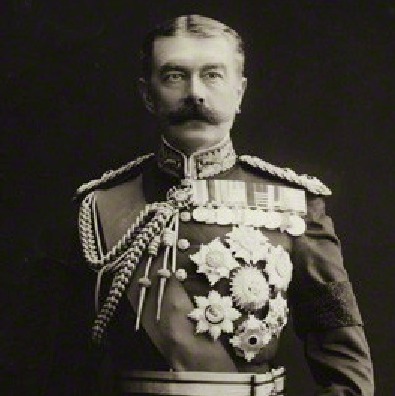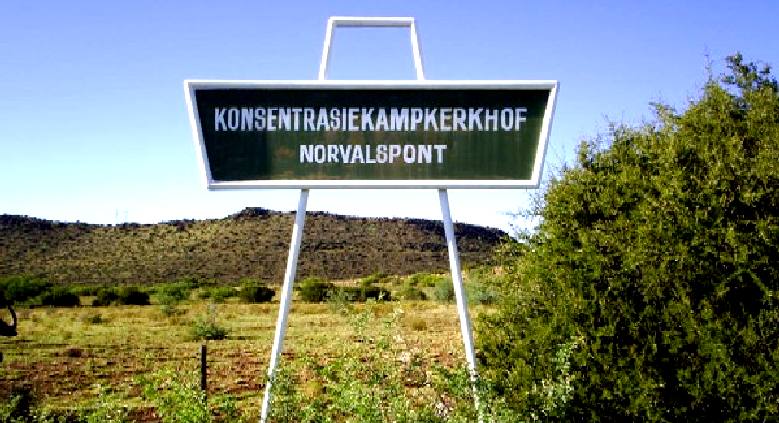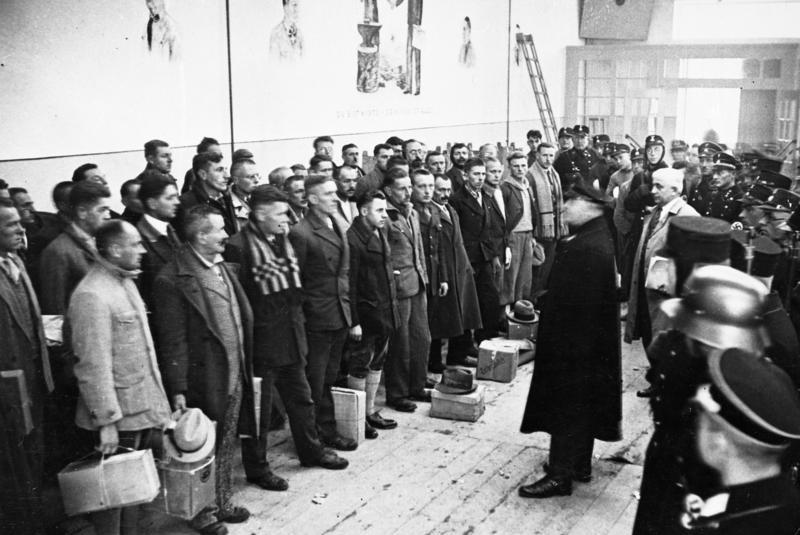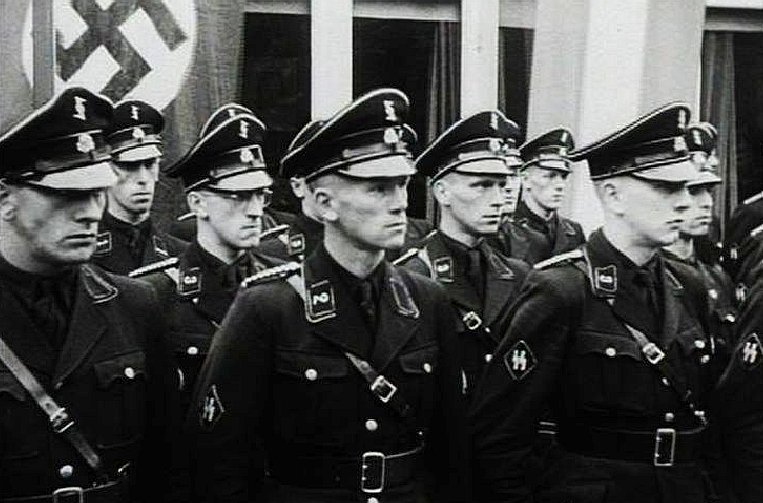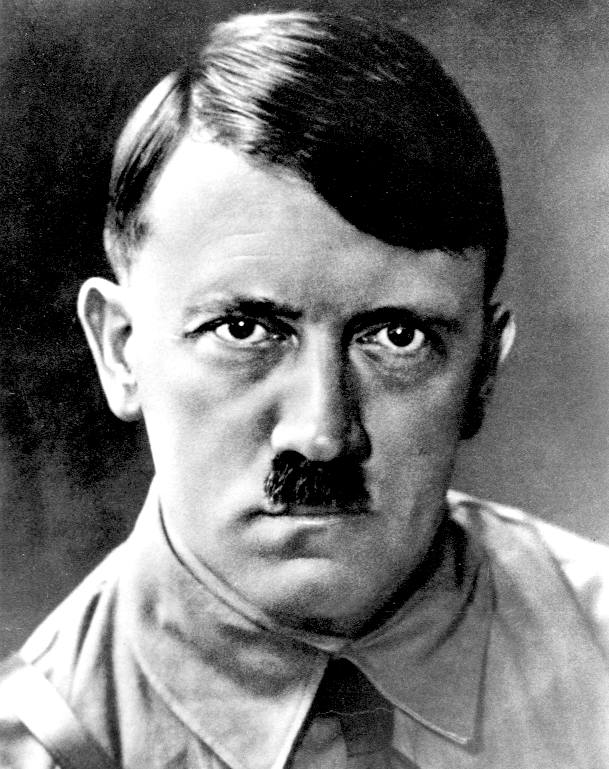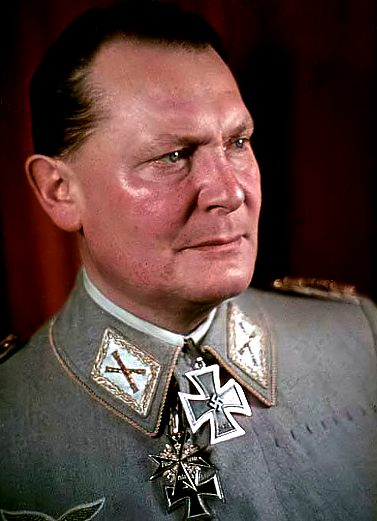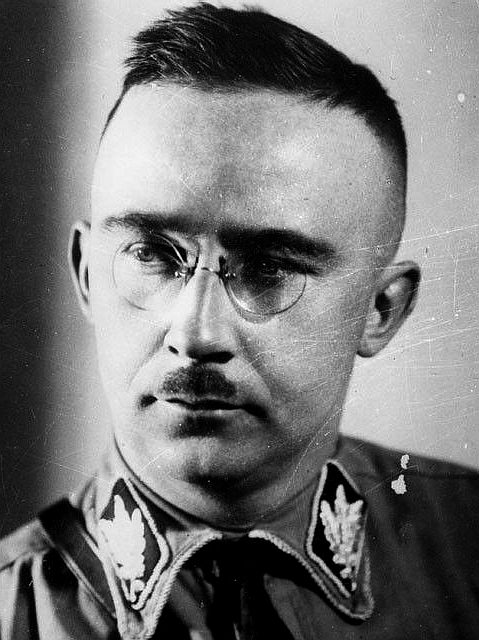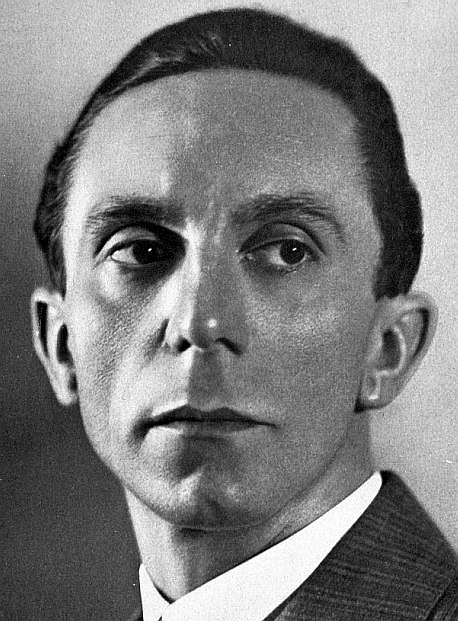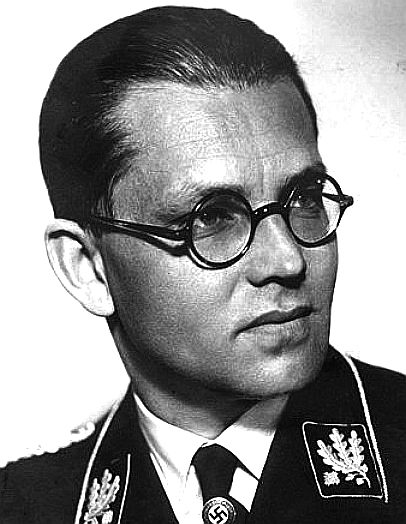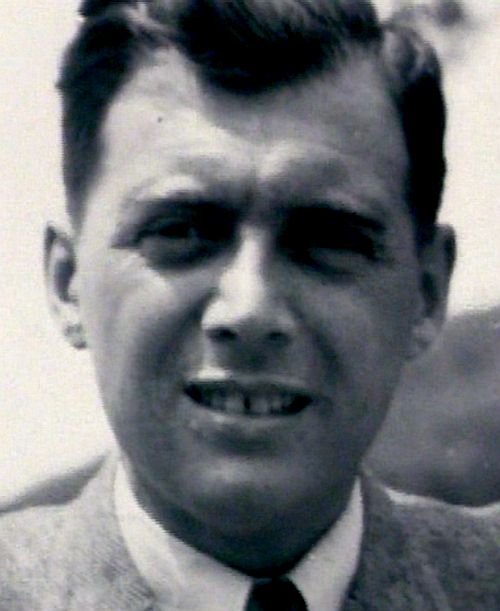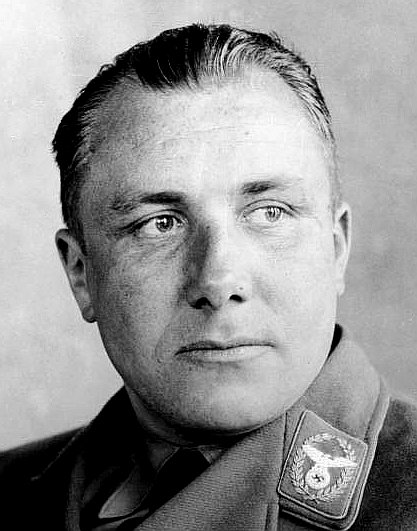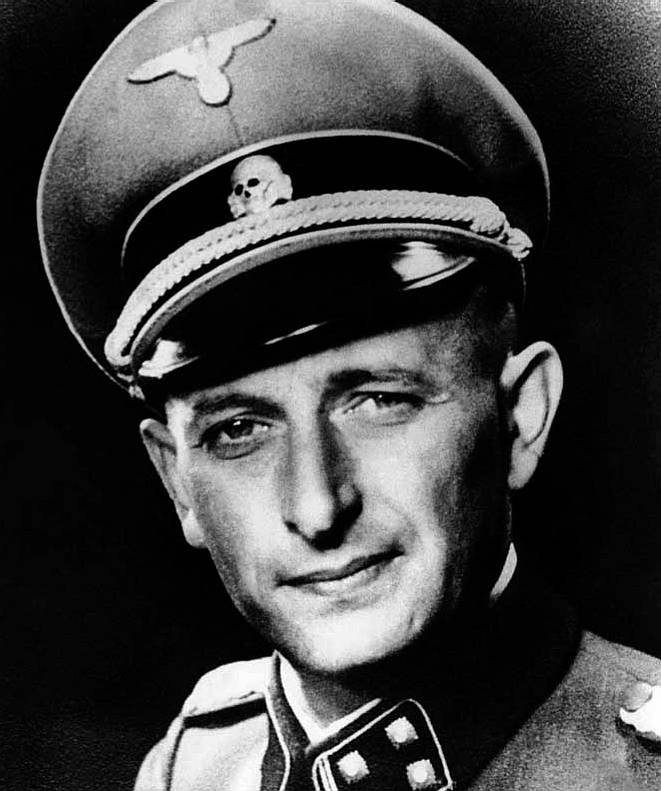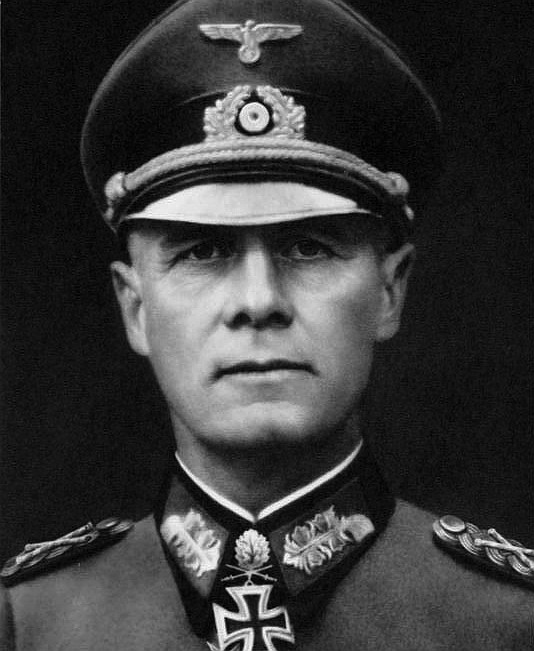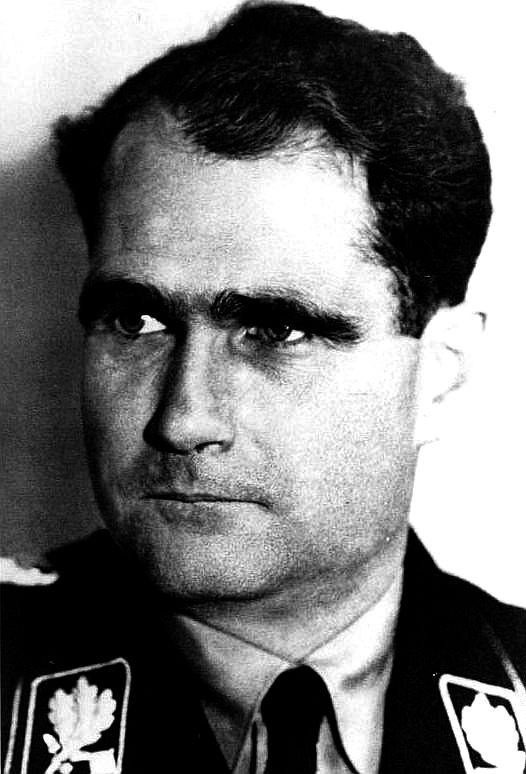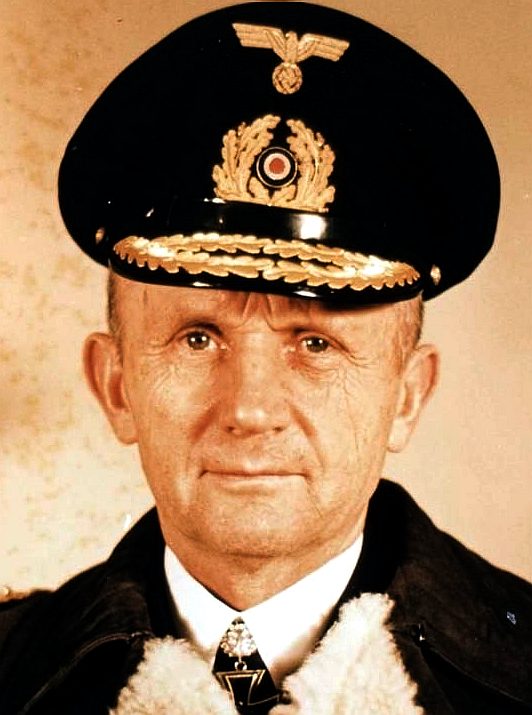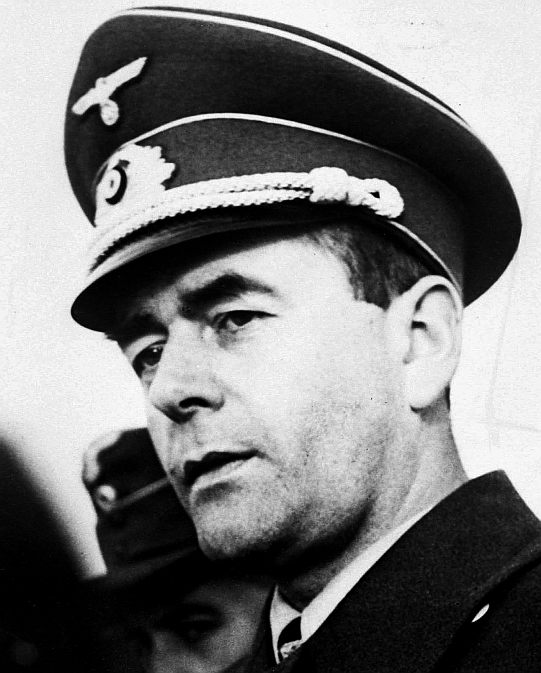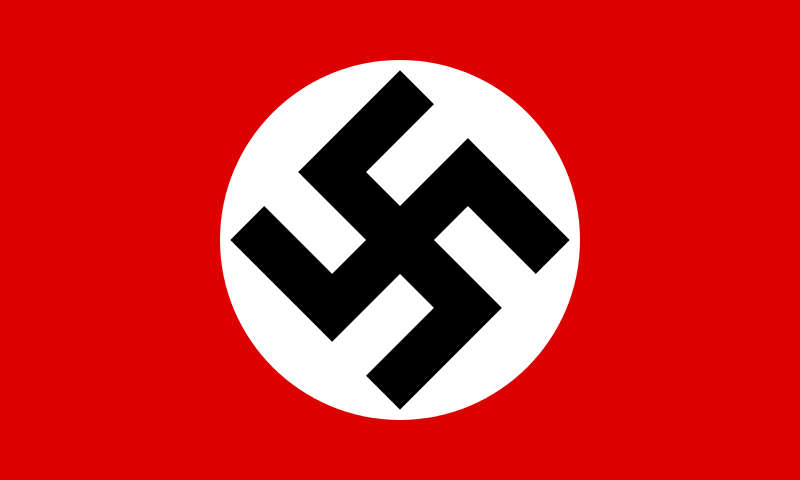|
CONCENTRATION CAMPS
|
|||||||||||||||
|
WAR CRIMINALS - Following Lord Kitchener's new "Scorched Earth" policy (the burning down all Boer homesteads and farms to stop the aid of Boers), many women and children were forcibly moved to prevent the Boers from re-supplying soldiers from their homes. More camps were built and converted to prisons. This relatively new idea was essentially humane in its planning in London but ultimately proved brutal due to its lack of proper implementation.
The first appearance of concentration
camps was when the Spanish used them in the Ten Years' War
(1868–1878) against Cuba that later led to the Spanish-American
War. The United States used them to devastate guerrilla forces during the Philippine-American War. But the concentration camp system of the British was on a much larger
scale and that is what Hitler and Himmler liked; the scale of
the operation.
The conditions in the camps were very unhealthy and the food rations were meager. The wives and children of men who were still fighting were given smaller rations than others. The poor diet and inadequate hygiene led to endemic contagious diseases such as measles, typhoid and dysentery. Coupled with a shortage of medical facilities, this led to large numbers of deaths — a report after the war concluded that 27,927 Boers (of whom 22,074 were children under 16) and 14,154 black Africans had died of starvation, disease and exposure in the concentration camps. In all, about 25% of the Boer inmates and 12% of the black African ones died (although recent research suggests that the black African deaths were underestimated and may have actually been around 20,000).
A delegate of the South African Women and Children's Distress Fund, Emily Hobhouse, did much to publicise the distress of the inmates on her return to Britain after visiting some of the camps in the Orange Free State. Emily's fifteen-page report caused uproar,and led to a government commission, the Fawcett Commission, visiting camps from August to December 1901 which confirmed her report. They were highly critical of the running of the camps and made numerous recommendations, for example improvements in diet and provision of proper medical facilities. By February 1902 the annual death-rate dropped to 6.9% and eventually to 2%.
The fact remains that Kitchener knew how many humans he was killing with his starvation policy. Like Adolf Hitler and his commanders and camp guards, Kitchener was guilty of crimes against humanity with many people in Britain fully aware of the situation and actively supporting such measures to buoy up the British Empire.
Field Marshal Horatio Herbert Kitchener, 1st Earl Kitchener, KG, KP, GCB, OM, GCSI, GCMG, GCIE, PC (24 June 1850 – 5 June 1916), was a senior British Army officer and colonial administrator who won notoriety for his imperial campaigns, most especially his scorched earth policy against the Boers and his establishment of concentration camps during the Second Boer War and later played a central role in the early part of the First World War.
The British Army perfected concentration camps in South Africa during the Boer Wars (1880-1881 & 1899-1902) under Lord Herbert Kitchener 1st Earl, then a Field Marshal.
The first concentration camps in Germany were established soon after Adolf Hitler's appointment as chancellor in January 1933. In the weeks after the Nazis came to power, The SA (Sturmabteilungen; commonly known as Storm Troopers), the SS (Schutzstaffel; Protection Squadrons - the elite guard of the Nazi party), the police, and local civilian authorities organized numerous detention camps to incarcerate real and perceived political opponents of Nazi policy.
German authorities established camps all over Germany on an ad hoc basis to handle the masses of people arrested as alleged subversives. The SS established larger camps in Oranienburg, north of Berlin; Esterwegen, near Hamburg; Dachau, northwest of Munich; and Lichtenburg, in Saxony. In Berlin itself, the Columbia Haus facility held prisoners under investigation by the Gestapo (the German secret state police) until 1936.
From as early as early as 1934, concentration camp commandants used prisoners as forced laborers for SS construction projects such as the construction or expansion of the camps themselves. By 1938, SS leaders envisioned using the supply of forced laborers incarcerated in the camps for a variety of SS-commissioned construction projects. To mobilize and finance such projects, Heinrich Himmler revamped and expanded the administrative offices of the SS and created a new SS office for business operations. Both agencies were led by SS Major General Oswald Pohl, who would take over the Inspectorate of Concentration Camps in 1942.
Beginning a pattern that became typical after the war began, economic considerations had an increasing impact on the selection of sites for concentration camps after 1937. For instance, Mauthausen and Flossenbürg were located near large stone quarries. Likewise, concentration camp authorities increasingly diverted prisoners from meaningless, backbreaking labor to still backbreaking and dangerous labor in extractive industries, such as stone quarries and coal mines, and construction labor.
By the time the Germans invaded Poland in September 1939, unleashing World War II, there were six concentration camps in the so-called Greater German Reich:
1. Dachau (founded 1933)
2. Sachsenhausen (1936)
3. Buchenwald (1937)
4. Flossenbürg in northeastern Bavaria near the 1937 Czech border (1938)
5. Mauthausen, near Linz, Austria (1938) and
6. Ravensbrück, the women's camp, established in Brandenburg Province, southeast of Berlin (1939), after the dissolution of Lichtenburg.
The SS and SA were the special forces used for political purposes
A - Z OF NAZI GERMANY
Good, bad & evil A-Z of humanity HOME
|
|||||||||||||||
|
This site contains copyrighted material the use of which has not always been specifically authorized by the copyright owner. We are making such material available in our efforts to advance understanding of environmental, political, human rights, economic, scientific, and social justice issues, etc. We believe this constitutes a 'fair use' of any such copyrighted material as provided for in section 107 of the US Copyright Law. In accordance with Title 17 U.S.C. Section 107, the material on this site is distributed without profit to those who have expressed a prior interest in receiving the included information for research and educational purposes. FAIR USE NOTICE
|
